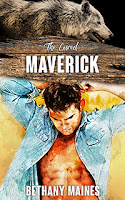One day, I looked at an area along the brick walkway in the front of my house and realized I needed to do something extreme. Despite having spread grass seeds more than one season, only weeds grew in the shadow of a magnificent weeping yaupon that arcs over the sidewalk and shaded a crescent-shaped area.
I looked at it with despair and frustration.
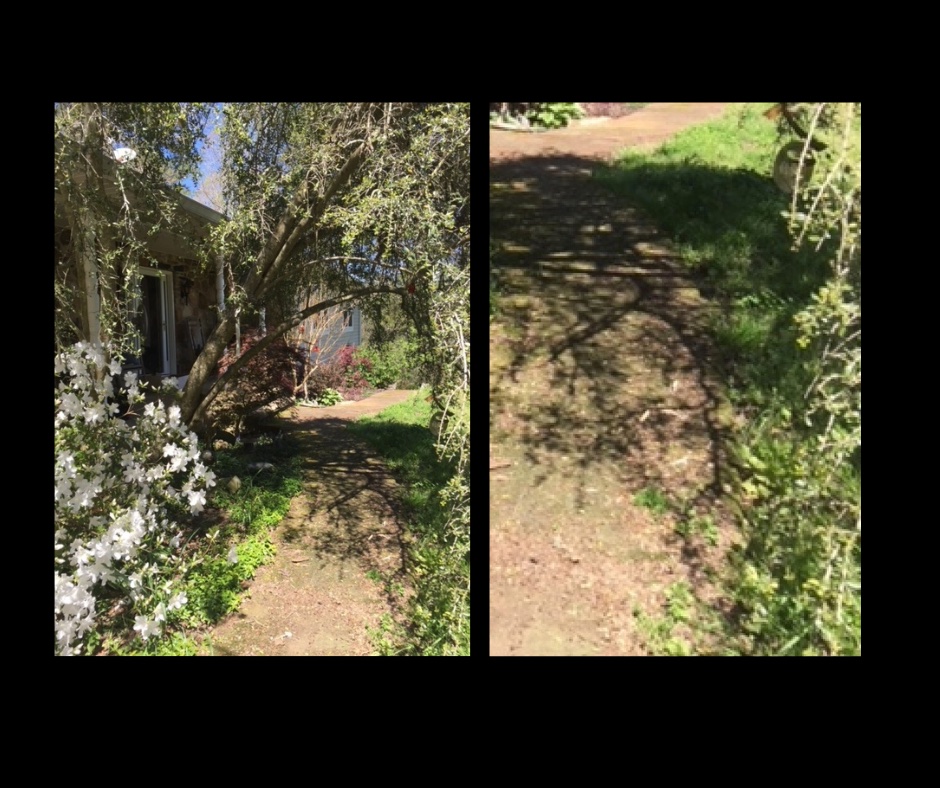
(How many times have I looked at a blank page without a clue what words to paint on it?)
Suddenly, I saw a garden in that crescent-moon space. In a previous post, “Goddess in the Garden,” I wrote about its transformation into a moss-garden.
But nature had other ideas. When it rained, water caught in the yaupon’s draping branches, streaming down them in torrents that hit the ground and tunneled trenches into my creation.
(How many times have the words I carefully crafted looked very different when I returned to them later, requiring I rewrite them or throw them out altogether?)
I tried to repair the craters, but each time it rained, the holes and mini-gullies returned. The space was not happy. I was not happy. But I had put in so much work!
It was not fair.
I grumped. And repaired what the water had torn up.
Until it rained, yet again . . . as it is wont to do. And again.
Finally, I surrendered.
“What do you want to be?” I asked my garden.
(Once, I wrote about a blank wall speaking to me, eliciting mockery from a local radio host, but the wall wanted something, and I listened.)
“I want to be a pond,” my garden said. “I want the water.”
“What about little rocks?” I mused. “Can’t I just put pebbles down where the water flows?”
The garden’s reply was a definite, “No.”
So, I began to dig. It hurt to dig up what I had painstakingly planted, what was beautiful just as it was, for something new.
[How many times do we have to start over in our lives, to force open scars, so new love and light can enter?]
I dug for days. Frogs came to visit. One cutie in particular dove into my hole on three occasions, probably looking for a place to hibernate for the winter. I took him out each time and asked him to be patient.
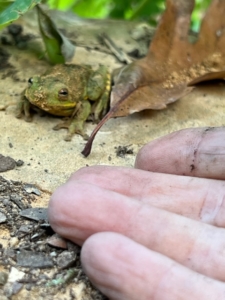
Finally, the hole was done…I thought. Then came the Plastic War. Instructions on lining the pond sounded very simple.
Not.
One of our horses, who should be named “Curious George,” made an appearance to help out, but alas, was not equipped. Hubby helped with the large rocks I coveted. It was a great feeling when they settled into place!
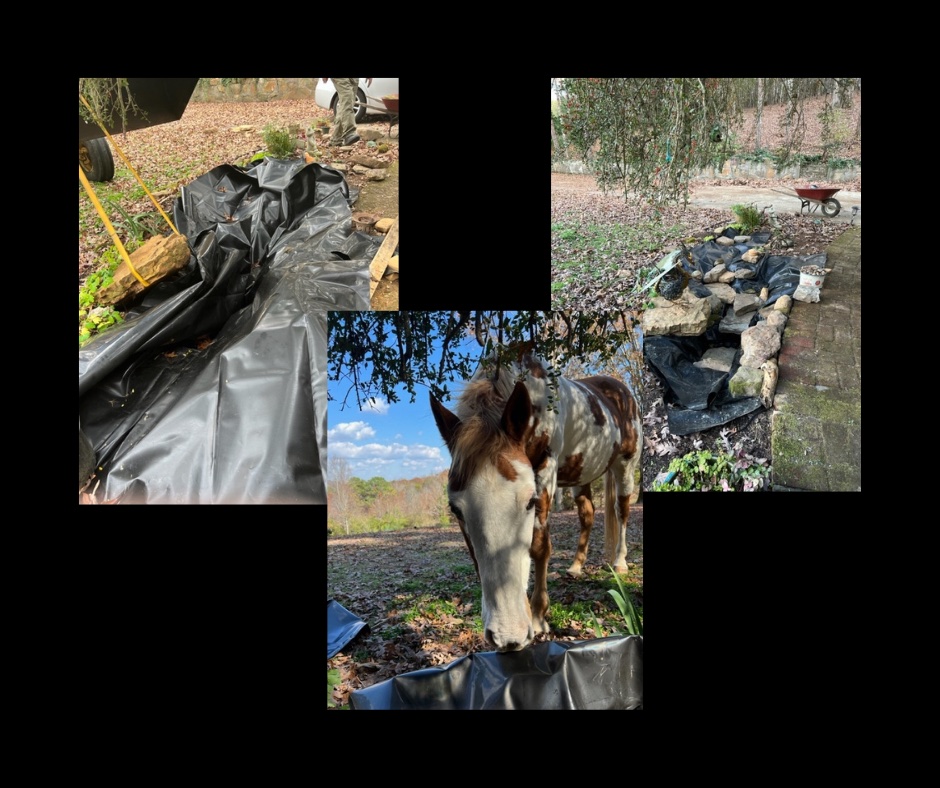
The rocks came from the streams and creeks on our property. My husband became accustomed to having his truck appropriated for rock gathering expeditions.
My fear was that the black lining would show along the steep sides in the deep end. I had never done anything like this and had no real plan other than the foundation rock placements.
(How many times have I started a book with only a few words, just a sketchy idea of my characters, and no idea what happens next?)
I tempted the creative muse yet again with my crazy pond idea. Yet, she didn’t fail me.
My biggest fear was the sides of the deep end. How would I keep from having gaps that showed the liner?
As I worked, I realized the edges of the stones placed on edge along the bottom provided a shelf for another layer and so on. Each stone had to be fitted for shape and stability. They let me know when it wasn’t the right place for them.
When I thought I was finally finished, the water said I was not honoring its flow, and I had to tear up and redo a section.
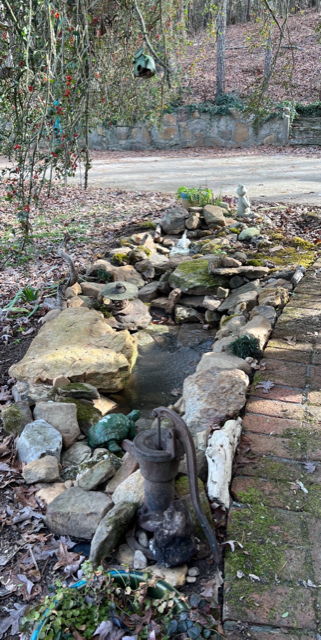
It is the middle of winter. The plants I tried to save are hopefully sleeping. Some of the moss is thriving, even in the cold. The water is happy, flowing as it wanted to all along. The garden is something very different than it was and yet the same.
Isn’t that so of us, as well?
Every moment we are different, a memory of all the moments before spun into the illusion of a constant, just as the garden changes every moment—as water swirls, plants grow and rest, leaves fall and change form. Every morning when I visit, I and the pond are new and old. Sometimes I change it by way of a rock that needs adjustment, a tuft of moss to add, or a new idea of where a gift of crystal should nestle.
Sometimes I just breath in the peace of it.
(The tales I’ve told don’t change once they are printed, yet each time a reader opens the book, they come alive, changed by the perspectives and person who recreates them from a few words. The stories are the same and yet different, a joining of imaginations—theirs and mine.)
I am looking forward to the spring when I hope my frog friend will return.


T.K. Thorne is a retired police captain who writes books and blogs that go wherever her imagination takes her. TKThorne.com

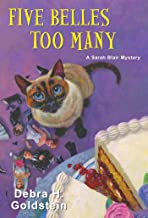








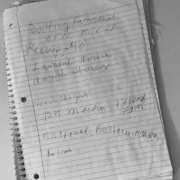
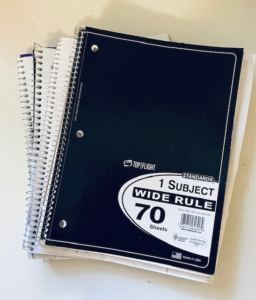
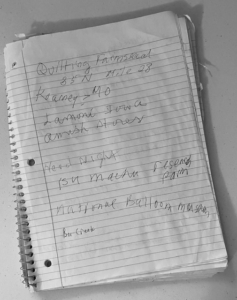
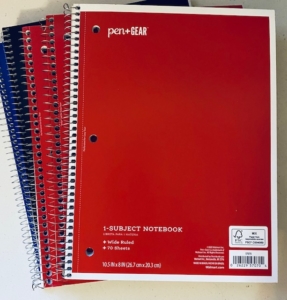
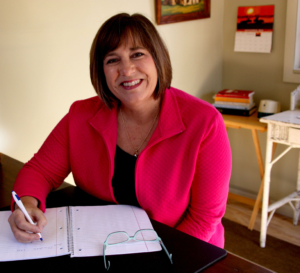

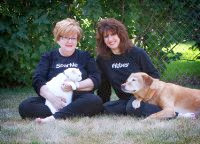


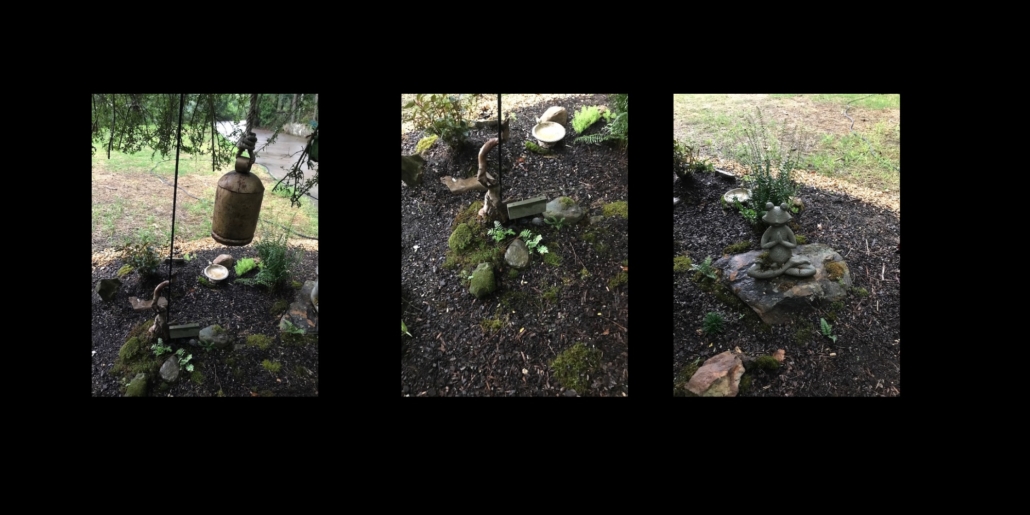

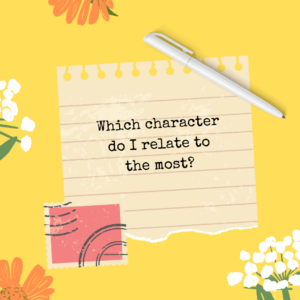 For a fiction book:
For a fiction book:
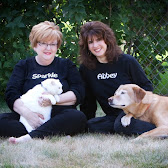 Sparkle Abbey’s latest story (written in first person) is a short but fun one. If you’ve not yet
Sparkle Abbey’s latest story (written in first person) is a short but fun one. If you’ve not yet
